Benefits of Osteopathy for older people
Osteopathy is a system of diagnosis and treatment for a wide range of medical conditions in older people
It works with the structure and function of the body and is based on the principle that the well-being of an individual depends on the skeleton, muscles, ligaments and connective tissues functioning smoothly together
Osteopaths work to restore your body to a state of balance, where possible without the use of drugs, or surgery
Osteopaths use touch, physical manipulation, stretching and massage to increase the mobility of joints, to relieve muscle tension, to enhance the blood and nerve supply to tissues and to help your body’s own healing mechanisms
They may also provide advice on posture and exercise to aid recovery, promote health and prevent symptoms recurring
What happens to the bones and joints with ageing?
As we age our spine starts to deteriorate and excess strain is felt over our joints and muscles
Many elderly patients lose their level of fitness at this stage in their lives
As a result, the elderly are more prone to injury
How can osteopathy help the elderly?
Osteopaths consider the whole person, examining posture and the strength and flexibility of muscles, ligaments and tendons
Treatment is designed to alleviate current problems and to help prevent reoccurrences
Nobody can reverse the effects of age, but osteopaths use their hands both to investigate the underlying causes of pain and to carry out treatment using a variety of manipulative techniques
These may include muscle and connective tissue stretching, rhythmic joint movements, or high velocity thrust techniques to improve the range of movement of a joint
General releasing techniques are often used for the elderly to free up their movement and alleviate pain
The plan of care is based upon the elderly person’s age, condition, lifestyle and unique spinal problem
Pain killers are not the only solution for the aches and pains associated with ageing, Osteopathy can also help to reduce pain and stiffness and therefore reduce reliance on medication
How osteopathy can help with arthritis and posture with ageing
Osteopaths will also advise on posture, something an older person finds harder to maintain
A good osteopath will be trained in evaluating whether a person is suitable for treatment for certain conditions, e.g. severe osteoporosis is not suitable for manipulative care.
Arthritis is suffered by many elderly patients. There are 2 types:
- Degenerative (OA) is the most common and its cause is due to wear and tear of a joint in which the joint has become worn, painful and stiff
- Rheumatoid Arthritis (RA), which is an inflammatory condition and is harder to treat. It is mainly controlled with medication
Osteopathy cannot cure arthritis, but treatments can certainly ease the pain, reduce the stiffness and hopefully improve some joint mobility in the less acute stages of arthritis
Osteopathy can help elderly mobility
Keeping mobile is very important as we age
The elderly need to keep joints loose and mobile to maintain their optimum capabilities
Osteopaths will often show patients exercises that the person can do daily at home to keep themselves as fit as possible
Drinking water is very important, as the elderly often dehydrate without even realising it and dehydration can lead to many illnesses. Drinking sufficient quantities helps the elderly maintain the health of their joints, skin and kidney
Alan Nevies is a registered Osteopath practising in NW London. Telephone: 0208 458 3874
For more information on Osteopathy, or to find an osteopath in your area, visit:



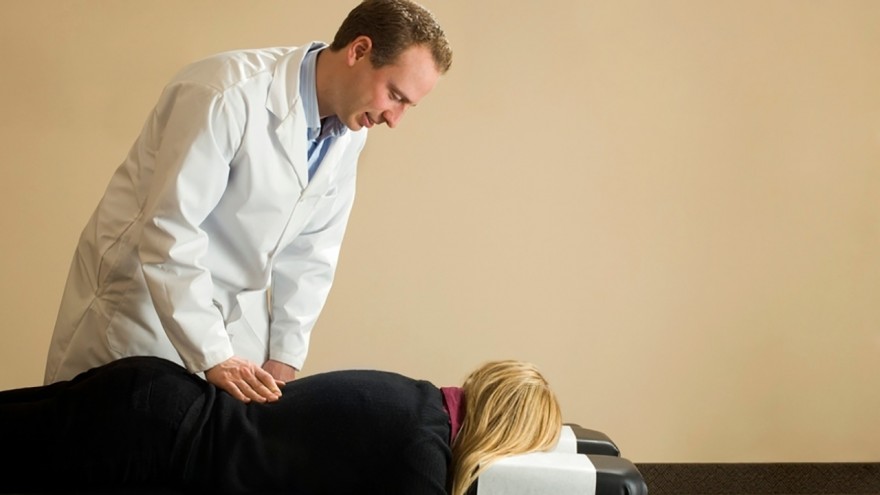
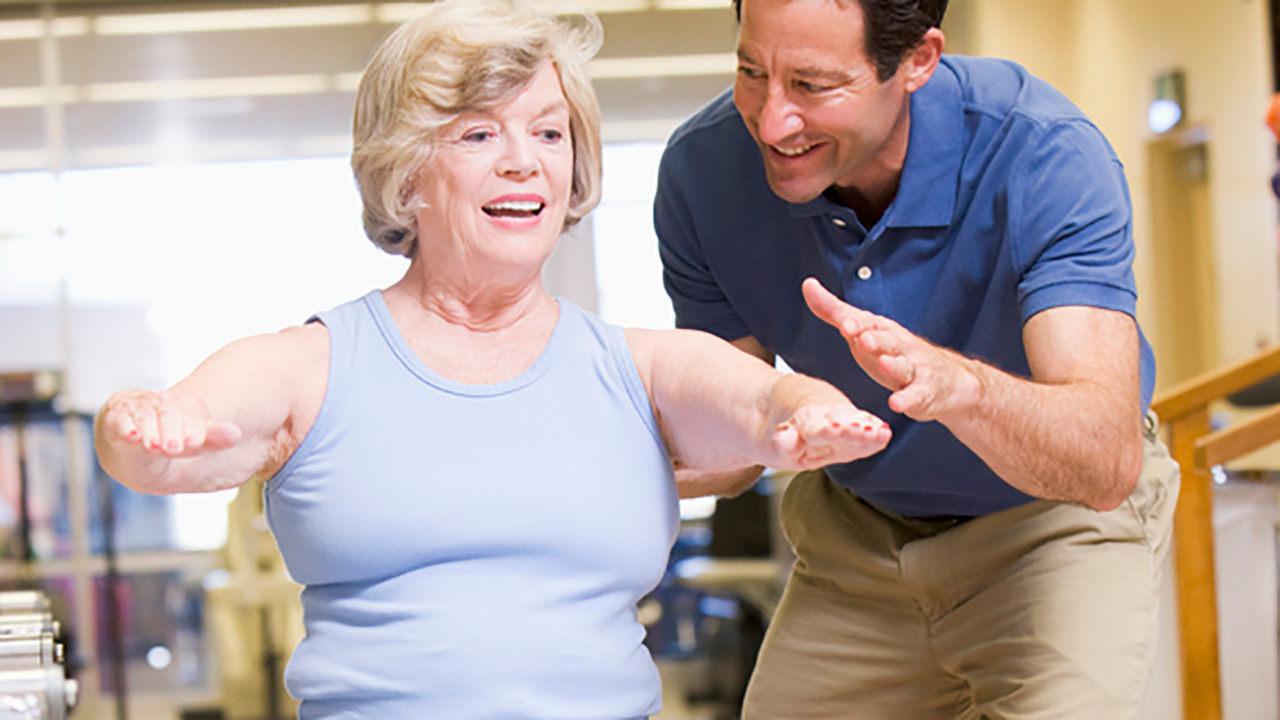
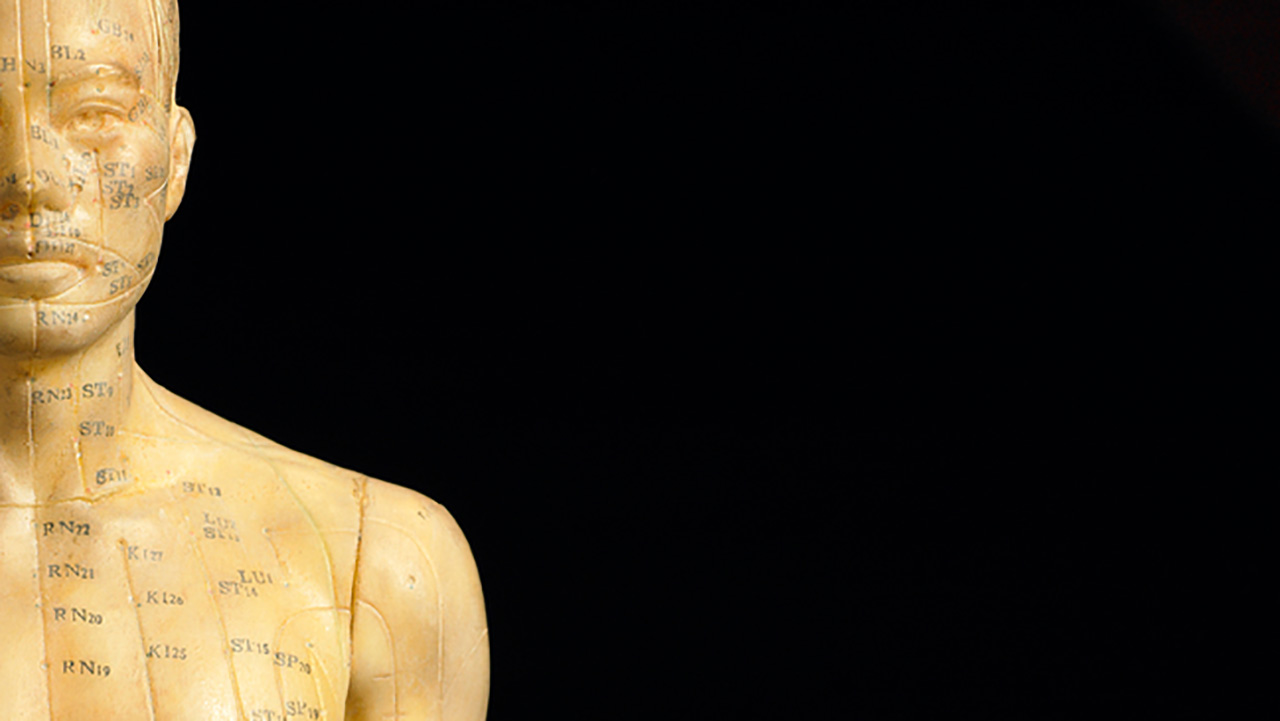
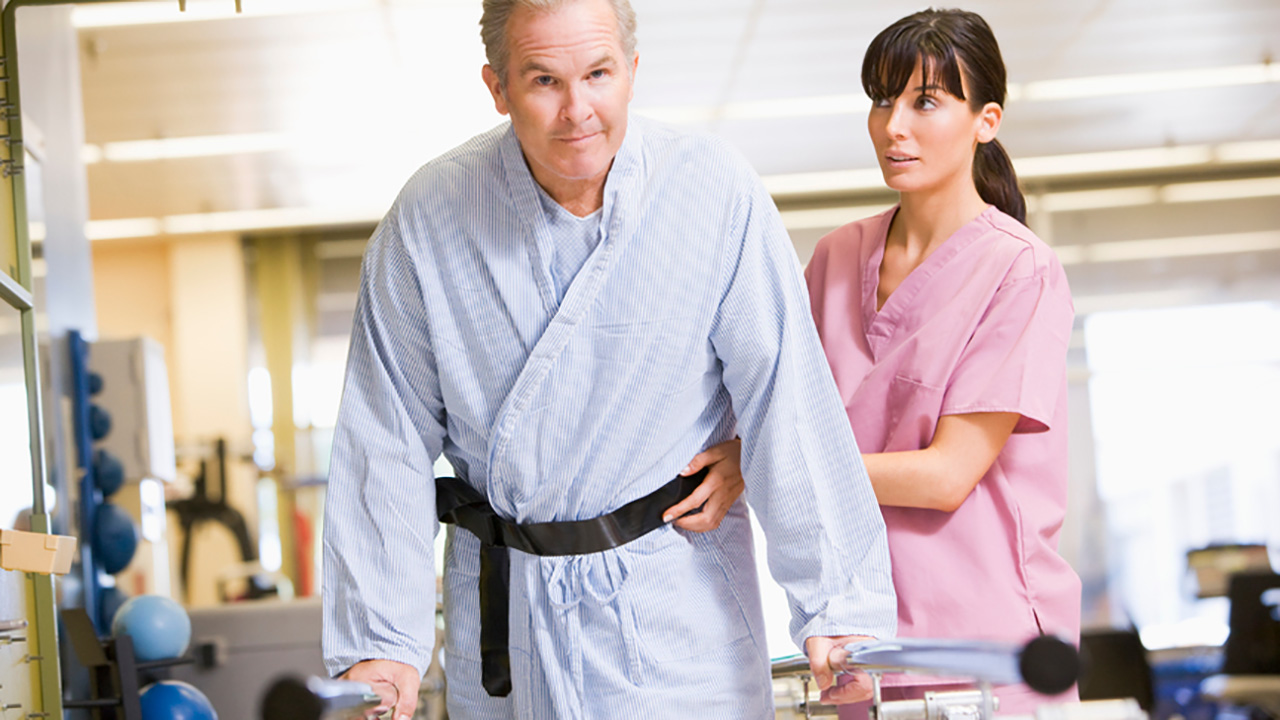
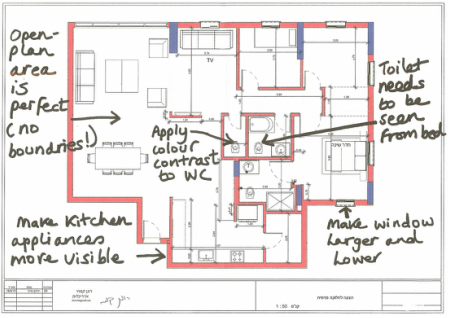
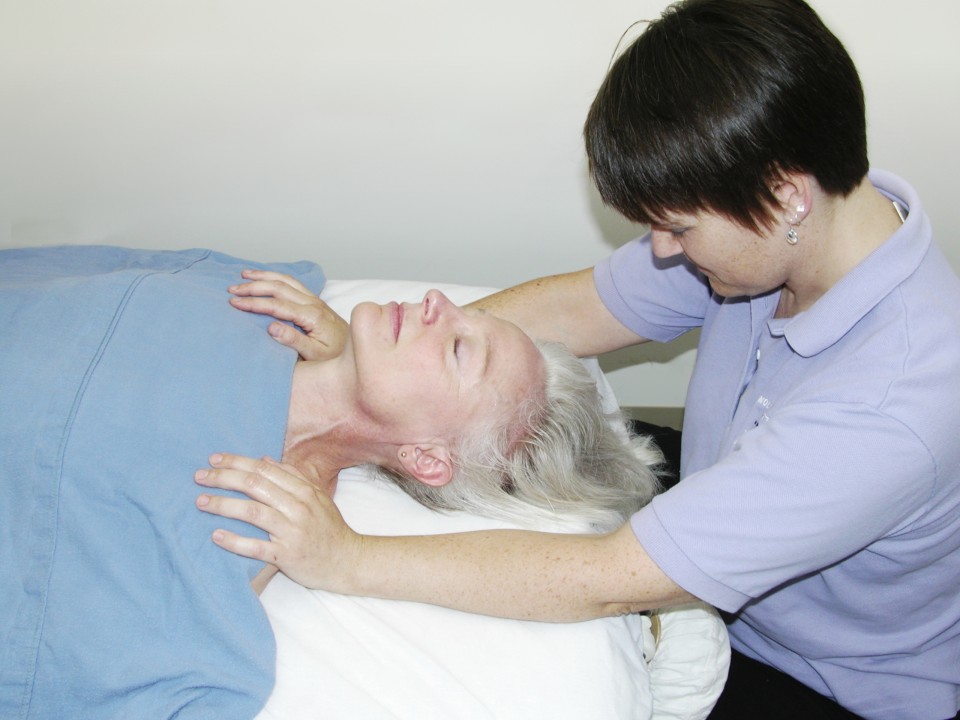
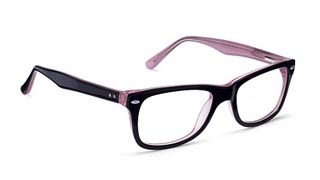



December 18th, 2015 at 10:31 pm (#)
I really liked your post on how osteopathy can help the elderly! I hadn’t ever heard of osteopathy before reading your article, but I found the topic to be very interesting! I think that my grandmother, who suffers from several different kinds of aches and pains, could greatly benefit from meeting with an osteopath! I’m going to mention the idea to her so that she can feel some pain relief. Thank you for the information!